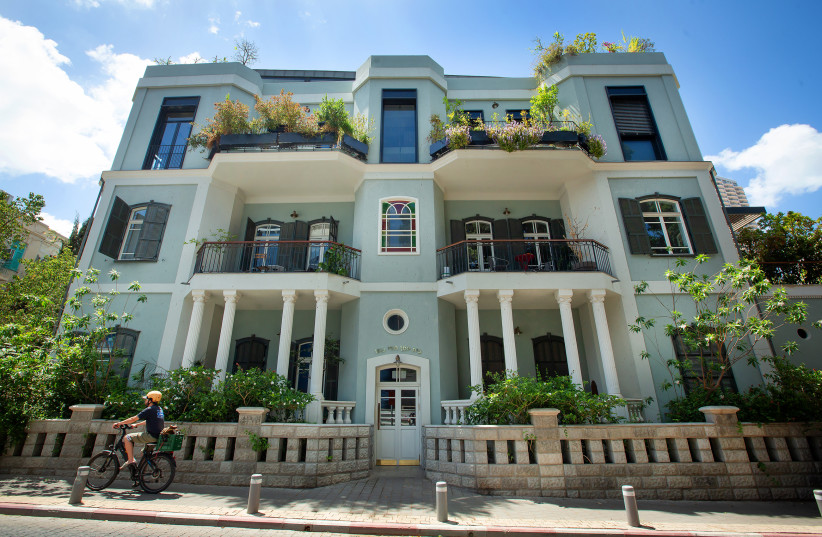With music and dance performances and other public events, Tel Aviv will celebrate next Thursday the 20th anniversary of the inscription of its historic White City district as a site on the UN’s Educational, Scientific and Cultural Organization's (UNESCO) World Heritage List, the municipality announced.
The White City district has given rise to an annual late-night cultural celebration that Tel Aviv-Yafo Mayor Ron Huldai described on Wednesday as “a joyful and celebratory event.”
The event is an expression “of our commitment to preserving and nurturing the city’s creative culture,” he added.
The June 29 event will take place in Tel Aviv neighborhood hubs throughout the city including at Jaffa Port, Bograshov Beach and at the Eretz Israel Museum, among others, according to the press release. All events will be free or at discounted prices, reported the mayor’s office.
Each location will host different activities and entertainment acts, like musical performances from bands, DJs and solo acts across many genres. Drag queens and kings will engage in a lip sync battle in Meir Garden. A sunset yoga practice will be held in Yarkon Park.

Why did the White City get a UNESCO designation?
The White City district earned a designation from UNESCO because it has the world’s largest group of buildings designed in the Bauhaus style. This was an artistic movement that originated in early 20th century Germany, known for simple yet abstract and geometric designs, according to the city’s website.
Jewish architects who fled Nazi Germany built approximately 4,000 buildings during the 1930s and 1940s according to the Tel Aviv municipality. It recommended that “the best way to experience The White City is by walking down and around Rothschild Boulevard, where many of the buildings have been restored to their original glory.”
To honor the 20th anniversary of the UNESCO inscription, the Bauhaus Center in Tel Aviv will also reopen its flagship exposition, “Preservation and Renewal: Bauhaus and International Style Buildings in Tel Aviv,” curated by Micha Gross, expert on Bauhaus and co-founder of the institution.
